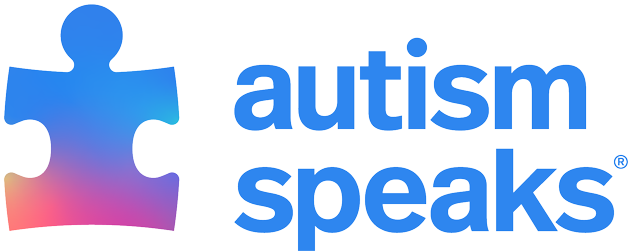Search
Pivotal Response Treatment (PRT)… Response Treatment? Pivotal Response Treatment, or PRT, is a behavioral treatment for autism. This therapy is play-based and initiated by the child. PRT is based on the principles of Applied Behavior Analysis (ABA). Goals of this approach include: Development of communication and language skills Increasing positive social behaviors Relief from disruptive self-stimulatory behaviors The … behavior and learning. Pivotal areas include: Motivation Response to multiple cues Self-management Initiation of social interactions Motivation strategies are an important part of the PRT approach. These emphasize natural reinforcement. For …
Floortime… children with autism. The intervention is called Floortime because the parent gets down on the floor with the child to play and interact with the child at their level. Floortime is an alternative to ABA and is sometimes used in combination with ABA therapies. The goal is for adults to help children expand their “circles of communication.” They meet the child at their developmental level and build on their strengths. Therapists and parents engage … Emotional ideas Emotional thinking Therapists teach parents how to direct their children into more and more complex interactions. This process, called “opening and closing circles of communication,” is central to the Floortime approach. …
Tips for creating an autism-friendly Thanksgiving… crear un Día de Acción de Gracias respetuoso con el autismo While Thanksgiving is a time to reflect on your blessings and express gratitude for all the wonderful things in life, it can also be very stressful for people with autism and their … saying anything. Once someone starts yelling or acting aggressively, we are out of the boundaries of respect I demand in interactions. Setting up boundaries before I enter a situation gives me guidance on when to leave. Third, identify your … stressful for some people with autism, so it’s important that family members meet them where they are and respect their communication preferences. If the autistic person appears uncomfortable, don’t force them to stay in a certain room, engage …
How does sensory processing affect communication in kids with autism?… Postdoctoral Research Fellow pursuing her fellowship project on autism-related sensory-processing challenges at the Vanderbilt Brain Institute. Dr. Baum uses a combination of neuropsychology, psychophysics and neuroimaging to discover the … children and adults on the autism spectrum. As many readers of this column know, autism involves difficulty with social communication combined with restricted interests and/or repetitive behaviors. Understandably, most autism research has … clues to understanding autism and helping individuals affected by the condition. The multisensory challenge of social interactions Think about almost any social interaction. We have to process so many sensory clues to understand each other. …
Applied Behavior Analysis (ABA)… What is Applied Behavior Analysis? Applied Behavior Analysis (ABA) is a therapy based on the science of learning and behavior. Behavior analysis helps us to understand: How behavior works How behavior is affected by the environment How … helpful and decrease behaviors that are harmful or affect learning. ABA therapy programs can help: Increase language and communication skills Improve attention, focus, social skills, memory, and academics Decrease problem behaviors The methods … reinforcement for demonstrating useful skills and socially appropriate behaviors. The emphasis is on positive social interactions and enjoyable learning. The learner receives no reinforcement for behaviors that pose harm or prevent learning. …
Autism and Bipolar disorder… This week’s “Got Questions?” answer comes from psychiatrist Jessica Hellings, MD, and psychologist Andrea Witwer, PhD, program directors at Ohio State University’s Nisonger Center, which is part of Autism … and bed wetting, shaky hands and even life-threatening toxicity. This is of particular concern with individuals who have communication difficulties, as they may not be able to alert caregivers to the side effects they’re experiencing. Studies … disorders. Early results suggest that this type of intervention decreases mood severity in children, while improving family interactions and access to appropriate healthcare. If you or your child has autism and you’re concerned that it may be …
